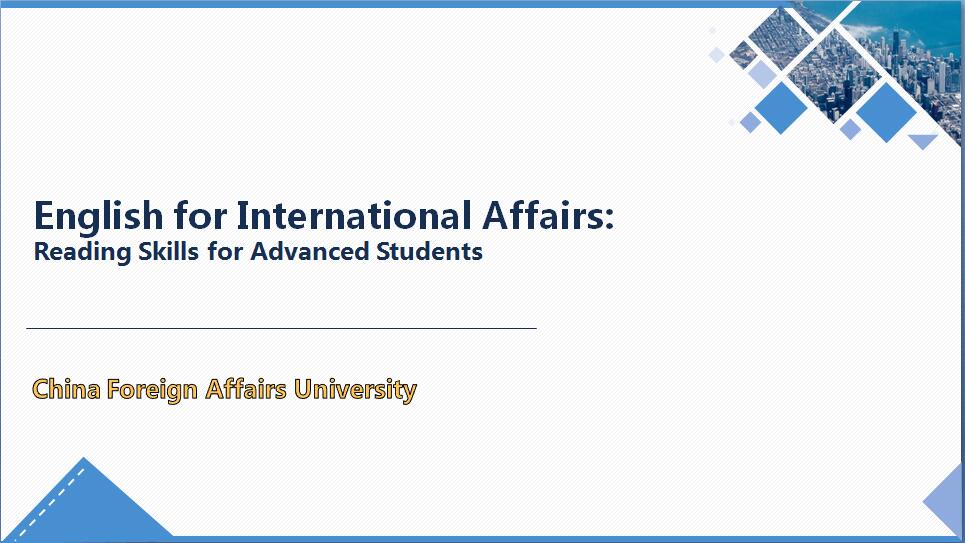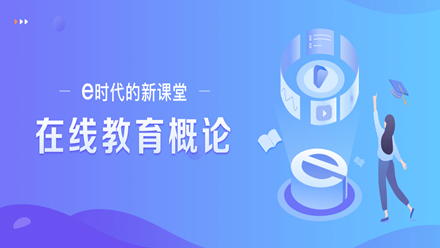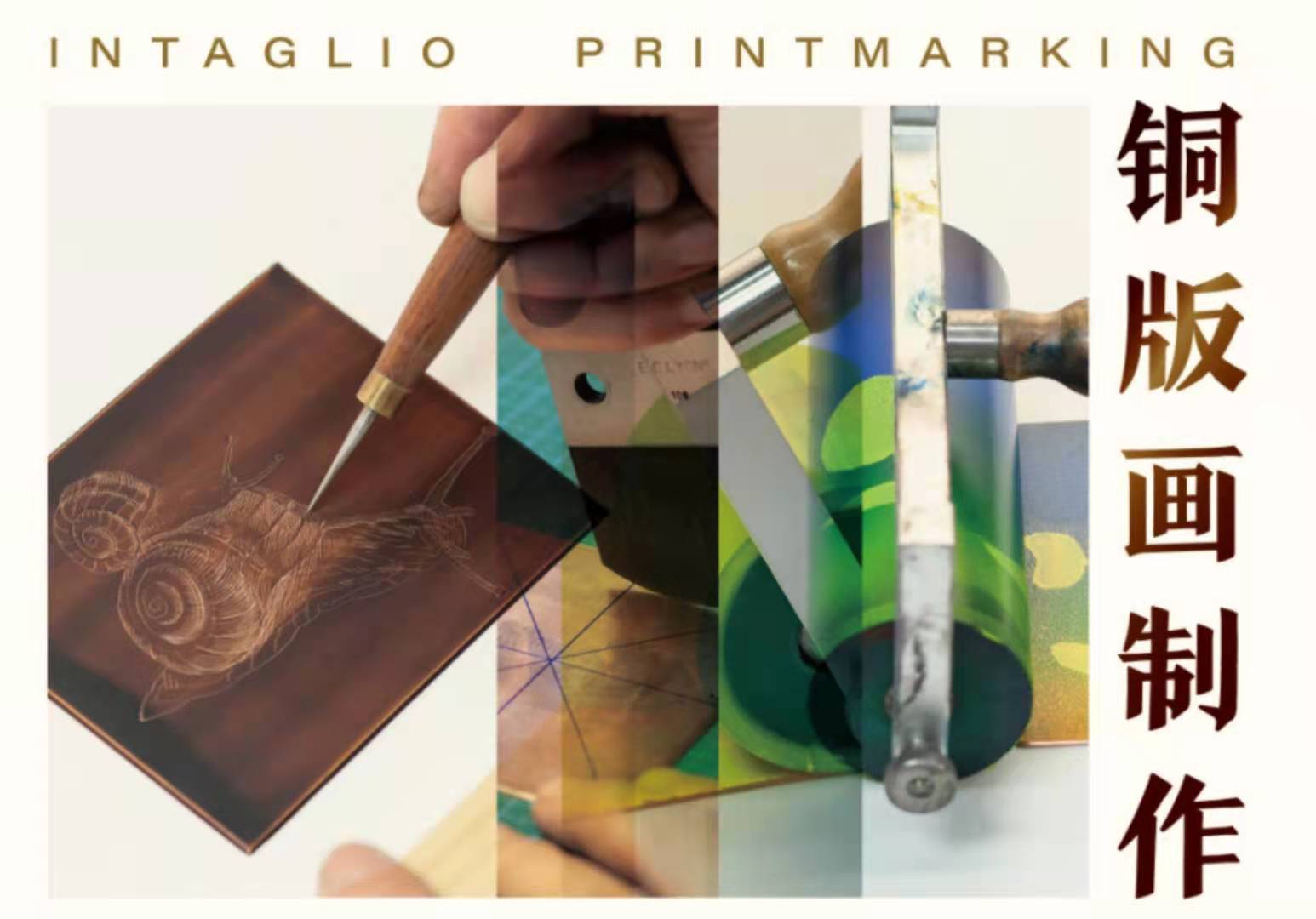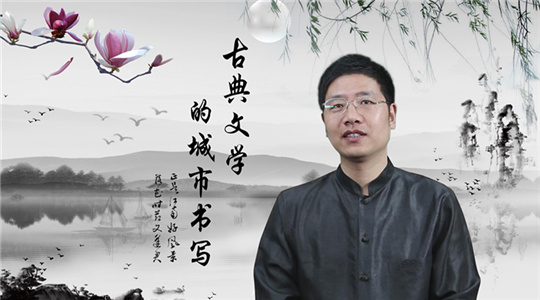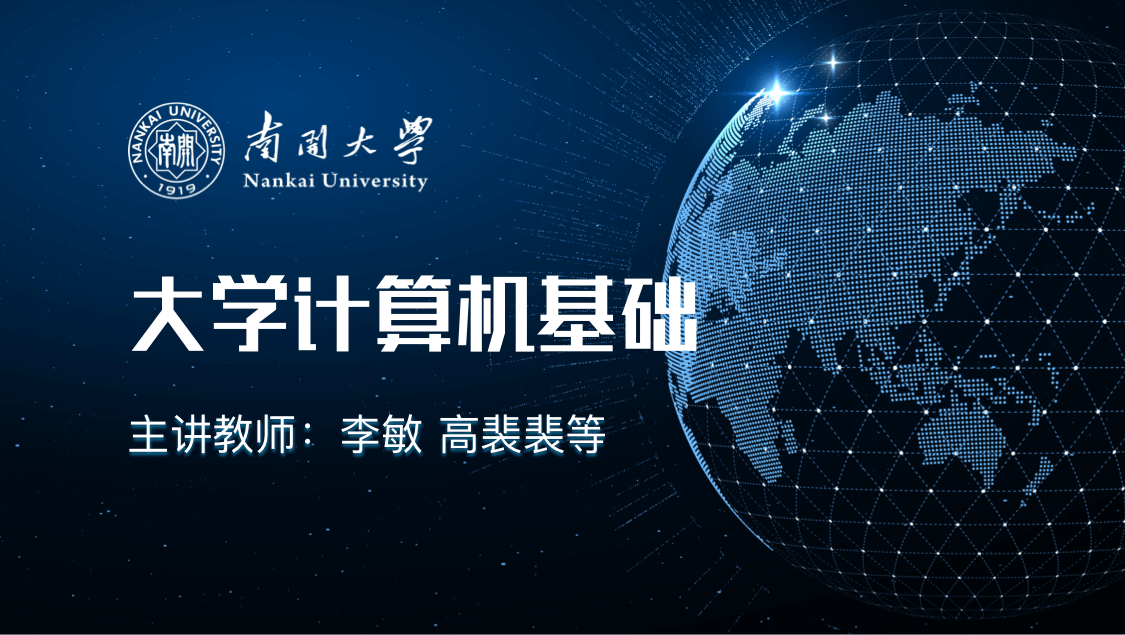
当前课程知识点:e时代的新课堂——在线教育概论 > 第二章 为什么做在线教育 > 2.2.5拓展学习时空,促进深度学习 > 2.2.5拓展学习时空,促进深度学习
那接下来
In the following part,
我们就请吴老师从这个
let's invite Mr. Wu to give us a more detailed analysis
拓展学习时空
regardingfrom the perspective of
促进深度学习的角度
expanding learning time and space
给我们再更详细的做些分析
and promoting deep learning.
吴老师
Mr. Wu.
跟郑老师所讲的慕课的就是
Ms. Zheng talked about the MOOC as
混合式的学习的方式的里面就提到了
a blended learning method and she mentioned
在慕课里面到课堂之间的关系
the relationship between the MOOC and the classroom.
那这张图呢是非常好的能够呈现
This diagram represents
整个学习的一个时空
learning time and space
以及学习的深度的情况
as well as the depth of learning.
第一个阶段是一个会学习
The first stage is learning.
是那个会这是会议的会
That is to say, students should be able to learn independently.
第二个汇是汇聚的汇
The second stage is collective learning.
也叫汇课堂
It can also be called the a collective smart classroom.
第三个慧是智慧的慧
The third stage is smart learning.
这个挺有意思的
This is very interesting.
虽然我们的音发的都相同
Although they sound similar,
但是它层次是不一样的
they are at different levels.
比方的第一个会
For example, at the first stage,
学生是注重我们的
we attach importance to
培养学生他的自主学习能力
cultivating students' autonomous learning ability.
比如像我们在慕课平台上
For example, on the MOOCs platform,
学生他可以自主学习
students can learn independently.
一方面我们老师给了一些材料
They can read the materials
那么他可以自己看
the given by teachers provide by themselves.
另外还有一个我们的主讲老师
They can also watch the lecture videos
已经讲课的视频已经讲了他去听
which the lecturers have recorded.
那这样子就培养学生
In tThis way, we can cultivate students'
他可以自主来学习
autonomous learning.
那这个就培养学生
In tThis way, students are motivated to
比较好地能够会学的动机
learn independently.
他自己会规划
They can will learn to make learning plans.
我这一章我自己要用心学一下
They may decide to learn this chapter with more attentiondiligence
然后有些题目自己尝试的解决
and try to solve some problems by themselves.
那这个就是在平台上
This is interactive learning
就是我们慕课平台上
reflected on the platforms,
所体现的一种交互学习
the such as MOOCs platform.
另外我们讲的布鲁姆里面的三层
Besides, during low-level learningwhen we talk about the three levels
三个层次呢就是
from three levels of Bloom's educational objectives
低层次的学习的时候
and learning at the lower level,we just mentioned,
可以在我们讲在会学习这个层面上
we can finish the task of the first stage
来解决这第一阶段
through autonomous learning.
然后我们到了课堂上
Then in the classroom,...
课堂上因为我们的学习材料
sSince students have studied the learning materials
学生都学会了 都学了
before they came to the classroom,
那么这样在课堂之中
then in the classroom,in the class,
我们通过这个汇聚的汇
through collective learning,
就是大家增加更多的我们的互动
there will be more interaction.
因为互动是一个非常好的
Because interaction is a very good way
能够促进学生的深度的交流
which to can promote students' in-depth communication.
互动 学生就可以讨论问题
Through interaction, students can discuss questions,
分析问题
analyze questions
发现一些问题
and find some problems.
那就通过这样的交互
Through such interaction,
深度能够体现出来
depth can be reflected.
以往我们的课堂上看看
In past classrooms,
学生很少因为他学知识
there was little interaction among students, because they didn't even know
知识都不知道
the materials,
那没办法进行这样的一个深度
and there was no way for them to carry out deep learning.
那就比较好了
TSo this method is better.
就是把课堂的
In the classroom,
就是注重学生的能力的高级式
the teachers attaches importance to the cultivation of students' high-level abilitiesy at the highest level.
我们讲的布鲁姆里面
According to Bloom's teaching objectives
高等层面上来讲的
at the high level teaching objectives,
能够批判 评价包括创新
students can criticize, evaluate and innovate.
在这个层面上做的
Those are what they do, those at this level.
那这是第二阶段
That atis the second stage,.
我们在课堂上
That is what we do in the classroom.
除了课堂上以外
Apart from thatthe classroom,
我们可以把学生就学过以后的课后
we make use of after-class time.after students learn something,
一般我们课后就做作业
Ggenerally, students do homework we can assign tasks for students to do after class.
但是现在我们通过慕课堂以后
But now, through the MOOCs,
有些拓展的内容
There will be somefor expanded materials,
那有提升就是原来
something progressivemore complicated,
在课堂上里面的讨论以后
after students’ interaction in the classroom.,
学生有更多的想法
Tthey will have more ideas.
那我们进入慕课平台里面
On the platform of MOOCs,
他可以进行交流讨论深度讨论
students can exchange ideas and discuss deeply,
特别跟我们的助教
especially with the teaching assistants
跟我们主讲老师
and the lecturers.
那这个就是会[应该是:慧]
This is about smart learning.
那么这个慧就是拓展
It means expansion.
就是更大的就是
That is to say,
能够对原来的知识的理解更深入
students can have deeper understanding of the knowledge,
可以走向这个创造这个产业上面[层面上面]
and engage in the level creativitye industry.
那这些里面就培养学生的多元智能
So these will cultivate students' multiple intelligences.
那这样就是能够更好的
So students can improve themselves....
比如像我们讲布鲁姆讲的评价
For example, like Bloom's evaluation.
反馈的评价在这里可以实现
Students can give feedback and evaluate at this stage.
那么是高级思维的那个拓展
So it is the expansion of advanced thinking,
特别是解决问题的能力
especially the ability to solve problems
在这里面发挥充分起来
that is brought into full play.
也就是说这个六级目标
That is to say, on the basis of the the six-level objectives,
那在这个层面上的这个课前课中课后
involving objectives before class, in class and after class,,
通过我们慕课平台
via the MOOCs platform,
我们跟课堂之间的这种混合学习
are combined with classroom learning. this kind of blended learning
把它结合起来
in the classroom.This blended learning
那就拓展我们整个的学习的空间
So enpands the entire learning space expands,.
另外是促进了学习的深度
Besidesand promotes deep, learning is deepened.
那不光是解决我们现在所讲的
It does more than solve the problems with
课堂教学里面的
classroom teaching.
比如讲我们大学生这个层面上的
For example, university students
我们学习时间好像不够
may feel that their learning time for learning is not enough
或者是理解不够
or their understanding is not deep enough.
另外我们也解决了工学矛盾
In addition, the contradiction between work and learning is also solved.
比如讲有一部分同学他是在工作
For example, some students have jobs,
那工作没办法到课堂
so they can't attend classes in the classroom.
那我们通过这种方式就解决了
In this way, the problem is solved.
所以我们讲
So we can say that
通过这种混合的慕课的学习方式
the MOOC, this blended way of learning,
是非常好的能够拓展我们的学习的空间
can well expand students' learning space
能够促进学生的深度学习
and promote students' deep learning.
-混合式教学该怎么做?与清华老师一起聊聊
-看清华老师如何进行大班混合式教学
--Video
-如何做好混合式课堂的互动
--Video
-与清华大学老师聊聊慕课独特的教学设计
-“挑战60s”授课短视频大赛
--Video
-与清华大学老师聊聊慕课的制作与运营
--Video
-1.1在线教育发展现状
--html
-1.1.1在线教育带来了e时代的新课堂
-1.1.2师生说
--1.1.2师生说
-1.1.3我国在线教育的特点
-1.2什么是在线教育
--html
-1.2.1概念解析
-1.2.2教育的技术发展史
-1.2.3在线教育的五要素模型
-1.3在线教育对教师的机遇与挑战
--html
-1.3.1机遇篇
--1.3.1机遇篇
-1.3.2挑战篇
--1.3.2挑战篇
-1.4在线教育发展的历史
--html
-1.4.1二十世纪的发展
-1.4.2二十一世纪的发展
-1.4.3在线课程三要素
-1.4.4虚拟教育组织
-1.5课程内部体系和外部关系
-第一章 解读在线教育--单元习题
-讨论题
-2.1数字时代带来教育变革
-2.2在线教育更适应学生的学习需求
--html
-2.2.1教育需求的发展
-2.2.2学习风格与学习类型
-2.2.3多模态数据分析学生学习行为与需求
-2.2.4教育目标
-2.2.5拓展学习时空,促进深度学习
-2.2.6自主学习系统的案例分享
-2.3在线教育帮助教师成长
-2.4学校和国家为什么要做在线教育
-单元习题--作业
-3.1高等学校在线教育发展
-3.1.1学校现状
-3.1.2平台与联盟
-3.2不同类型的教师都能得益于混合式教学
-3.3混合式教学的好处
-3.3.1当前的教学问题
-3.3.2教师和学生的收益
-3.4混合式教学的关键细节与常见误解
-3.4.1关键细节一
-3.4.2关键细节二
-3.4.3关键细节三
-3.4.4误解篇一
-3.4.5误解篇二
-3.5智慧教学工具的发展
-3.5.1综述篇
--3.5.1综述篇
-3.5.2雨课堂的诞生
-3.5.3雨课堂的功能
-3.5.4课堂教学需要雨课堂
-3.5.5雨课堂解决面授时间紧张的问题
-3.5.6雨课堂解决课前课中课后的学习效果问题
-3.5.7课前课中课后雨课件设计要点
-第三章 高校在线教育进行时--单元习题
-讨论题
-讨论题
-4.1教育实践的展望(一) 教育创新
-4.2教育实践的创新(二) 教育技术与决策
-4.3教育理论的热点趋势
-第四章 在线教育的未来--单元习题
-讨论题
-5.1邓俊辉老师《数据结构》与《计算几何》教学案例
--html
-5.1.1慕课制作与使用心得(一)
-5.1.2慕课制作与使用心得(二)
-5.2张瑜老师《思想道德修养与法律基础》教学案例
--html
-5.2.1教学理念与混合式教学的主要环节
--Video
-5.2.2章节实例
-5.3杨芳老师《大学英语》教学案例
--html
-5.3.1混合式教学设计心得
-5.3.2 University单元教学设计
-5.4于歆杰老师《电路原理》教学案例
--html
-5.4.1小容量班级完全翻转课堂
-5.4.2大容量班级部分翻转课堂
-5.5郑莉老师《C++语言》教学案例 雨课件样例及校内教学心得分享
--Video
-单元习题--作业

